Cleaning Services Hammond
Best Residential Cleaning in Hammond
Get multiple House Cleaning quotes for your project today! Compare profiles, reviews, accreditations, portfolio, etc... and choose the best deal.
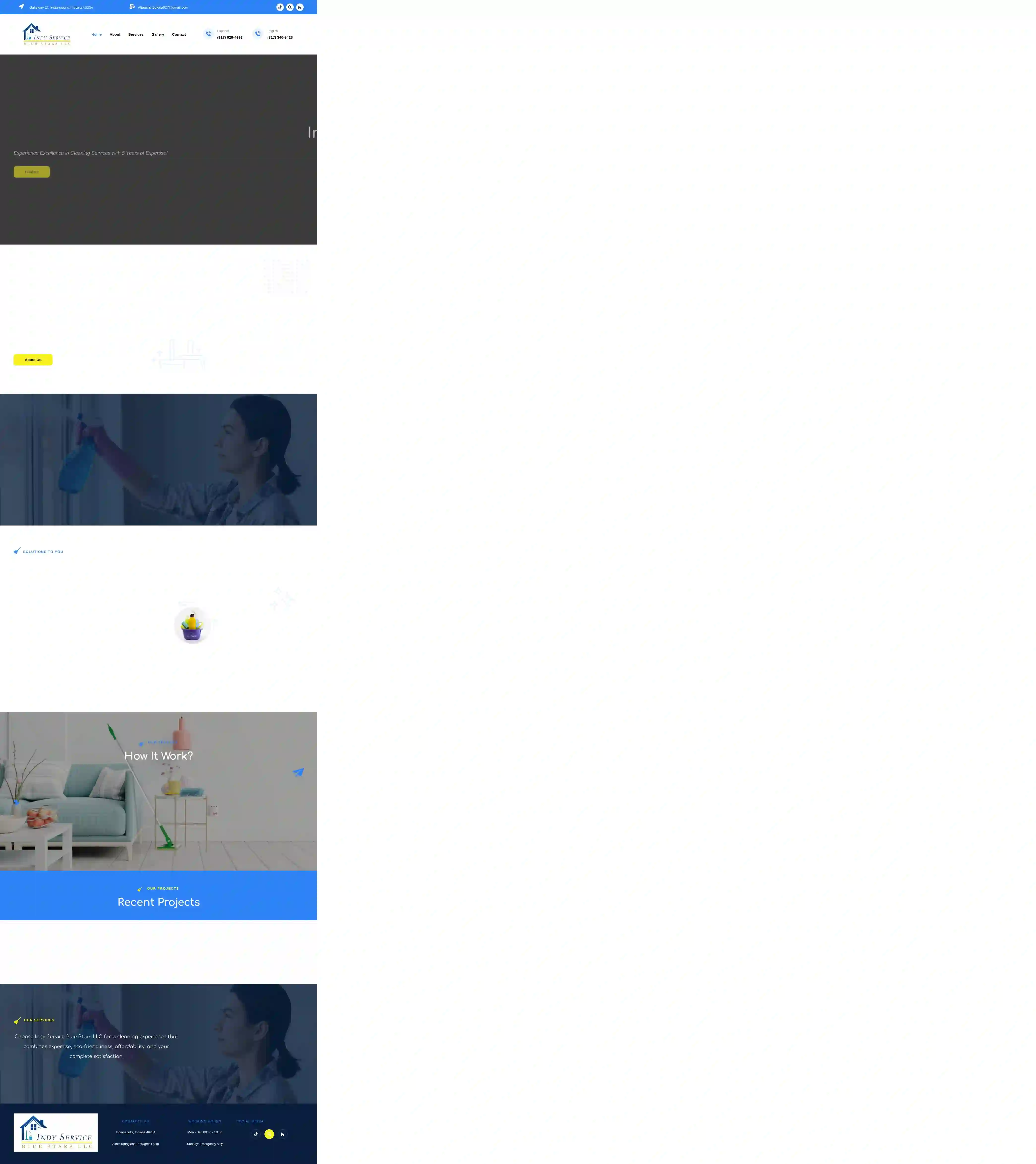
Indy Services Blue Stars
55 reviewsIndianapolis, US- Services
- Why Us?
- Gallery
Get Quote
B&N Elite Cleaning LLC
56 reviewsIndianapolis, US- Services
- Why Us?
- Gallery
Get Quote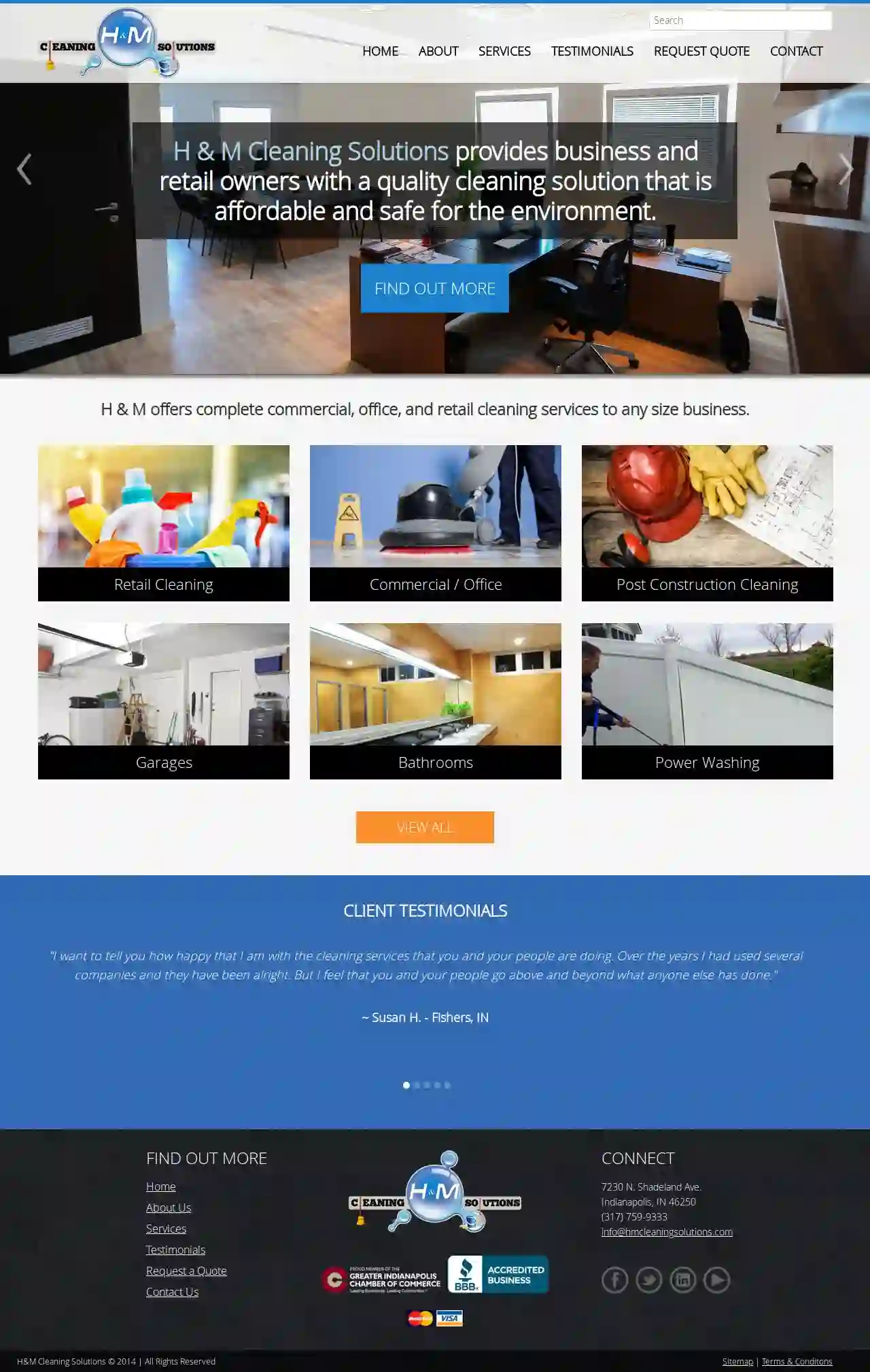
H & M Cleaning Solutions
55 reviewsIndianapolis, US- Services
- Why Us?
- Gallery
Get Quote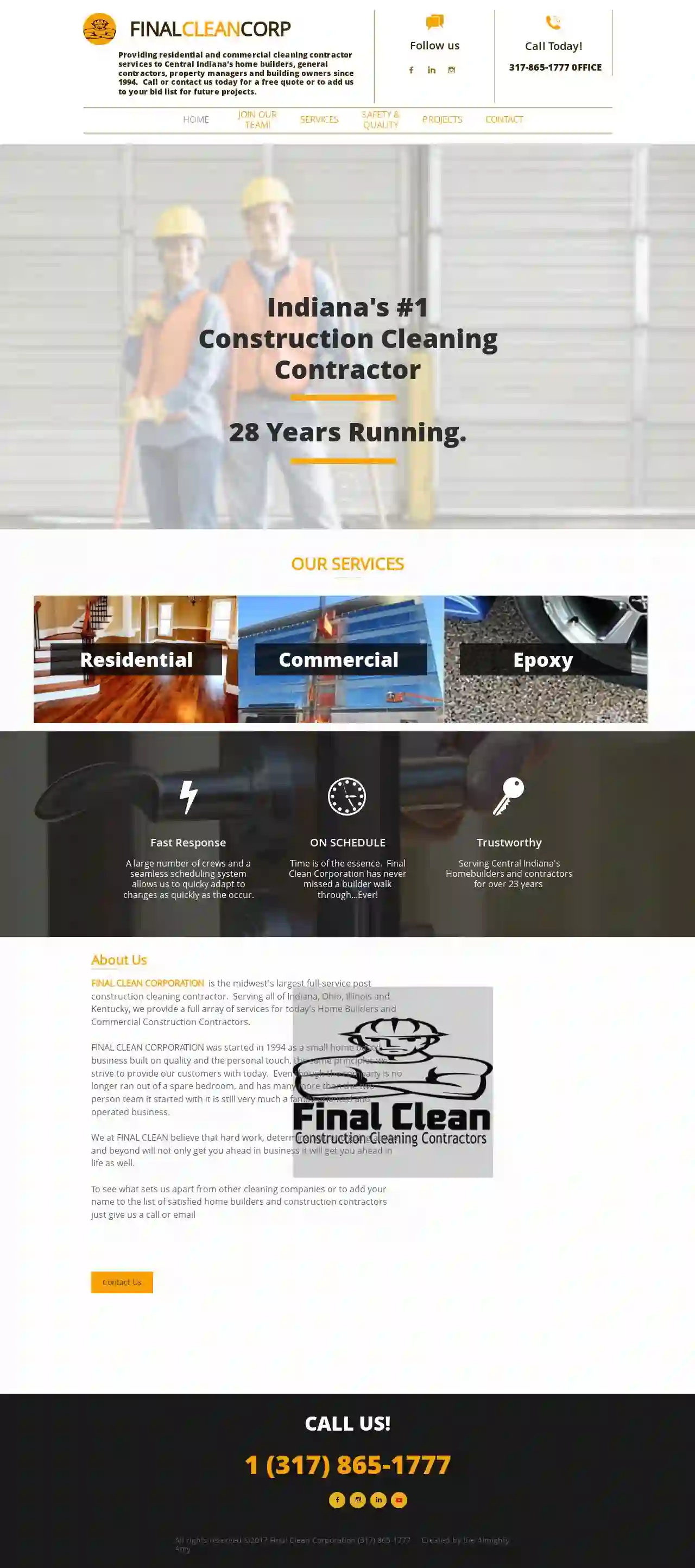
FINAL CLEAN CORPORATION
4.111 reviews123 Main St, Anytown, 12345, USAt Final Clean Corp, we pride ourselves on providing top-notch cleaning services to our clients. With over 15 years of experience, our team of experts is dedicated to delivering exceptional results. We understand the importance of a clean and healthy environment, which is why we use only the best equipment and eco-friendly products. Our mission is to provide a stress-free cleaning experience for our clients, allowing them to focus on what matters most. We are fully accredited and insured, giving our clients peace of mind. Our team is committed to providing exceptional customer service, and we strive to build long-lasting relationships with our clients.
- Services
- Why Us?
- Accreditations
- Our Team
- Testimonials
Get Quote
Platinum Cleaning
3.73 reviews123 Main St, Los Angeles, CA, 90001, USPlatinum Cleaning is a leading cleaning and facility services provider with over 50 years of experience. With a national presence and local understanding, Platinum offers a wide range of services including janitorial, building maintenance, facility services, industrial, specialty staffing, disaster recovery, and COVID-19 services. The company is committed to green, sustainable cleaning practices and has been recognized for maintaining environmentally-friendly LEED buildings. Platinum's leadership team ensures seamless service delivery, and the company has received positive testimonials from clients such as Centene Corp and Ogletree, Deakins, Nash, Smoak & Stewart, P.C.
- Services
- Why Us?
- Accreditations
- Our Team
- Testimonials
- Gallery
Get Quote
A.G. Maas Company
4.914 reviewsIndianapolis, US- Services
- Why Us?
- Gallery
Get Quote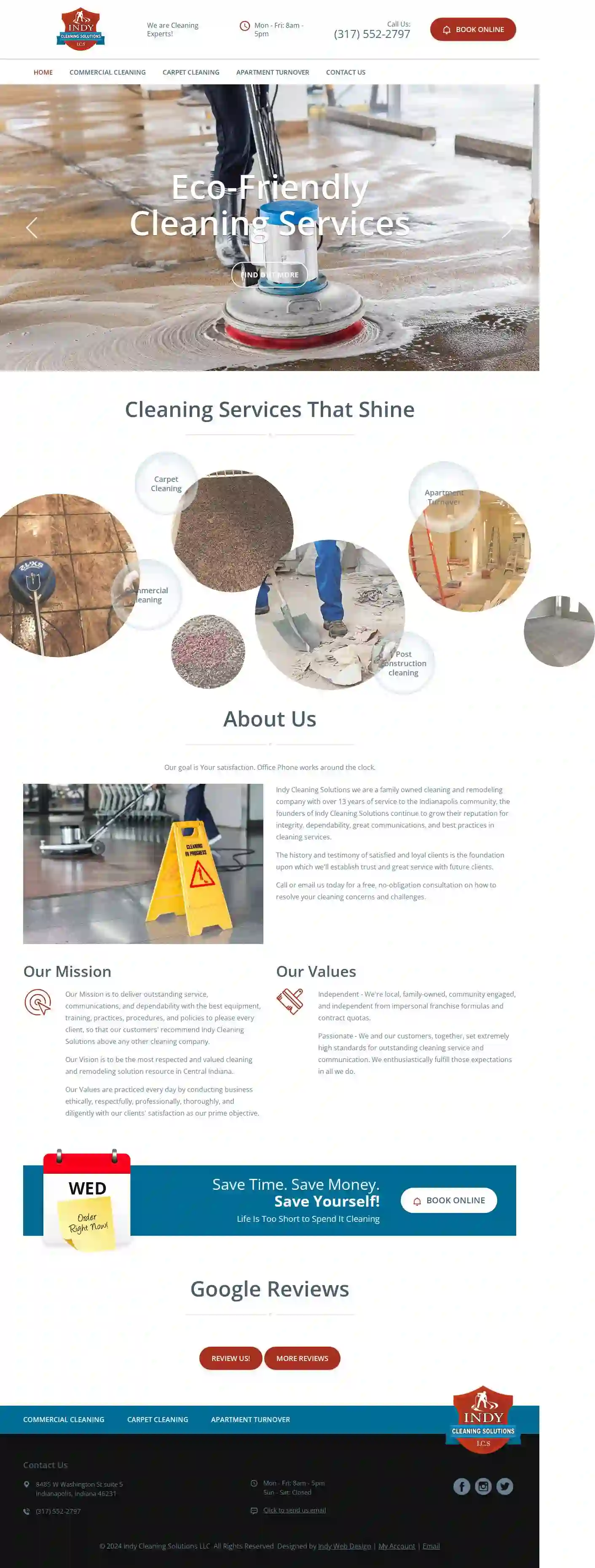
Indy Cleaning Solutions
4.822 reviewsIndianapolis, US- Services
- Why Us?
- Gallery
Get Quote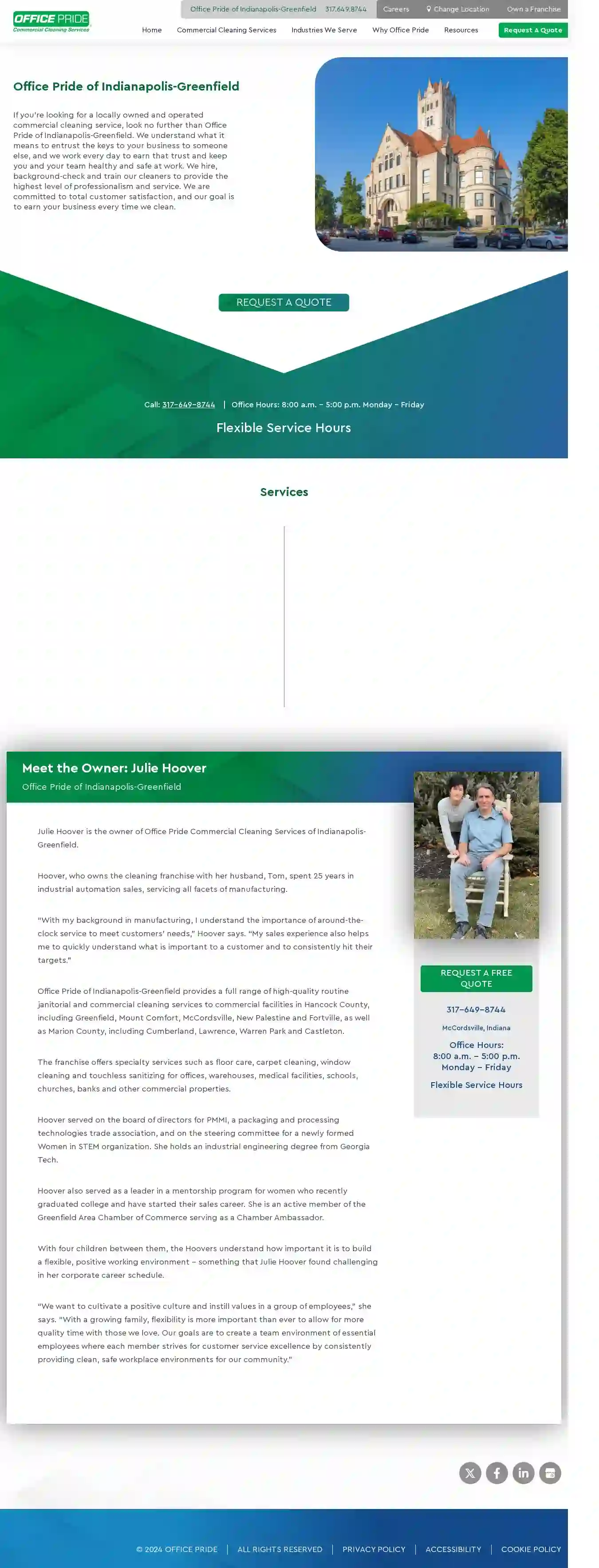
Office Pride Commercial Cleaning Services of Indianapolis-Greenfield
510 reviews1234 Main St, Greenfield, IN, 46140, USOffice Pride of Indianapolis-Greenfield is a locally owned and operated commercial cleaning service that provides high-quality cleaning, sanitizing, and disinfecting services to ensure a healthy and safe workplace. With a commitment to total customer satisfaction, Office Pride offers flexible payment schedules and does not require binding annual contracts. The franchise is dedicated to business ethics and hires, background-checks, and trains cleaners to provide the highest level of professionalism and service.
- Services
- Why Us?
- Accreditations
- Our Team
- Testimonials
- Gallery
Get Quote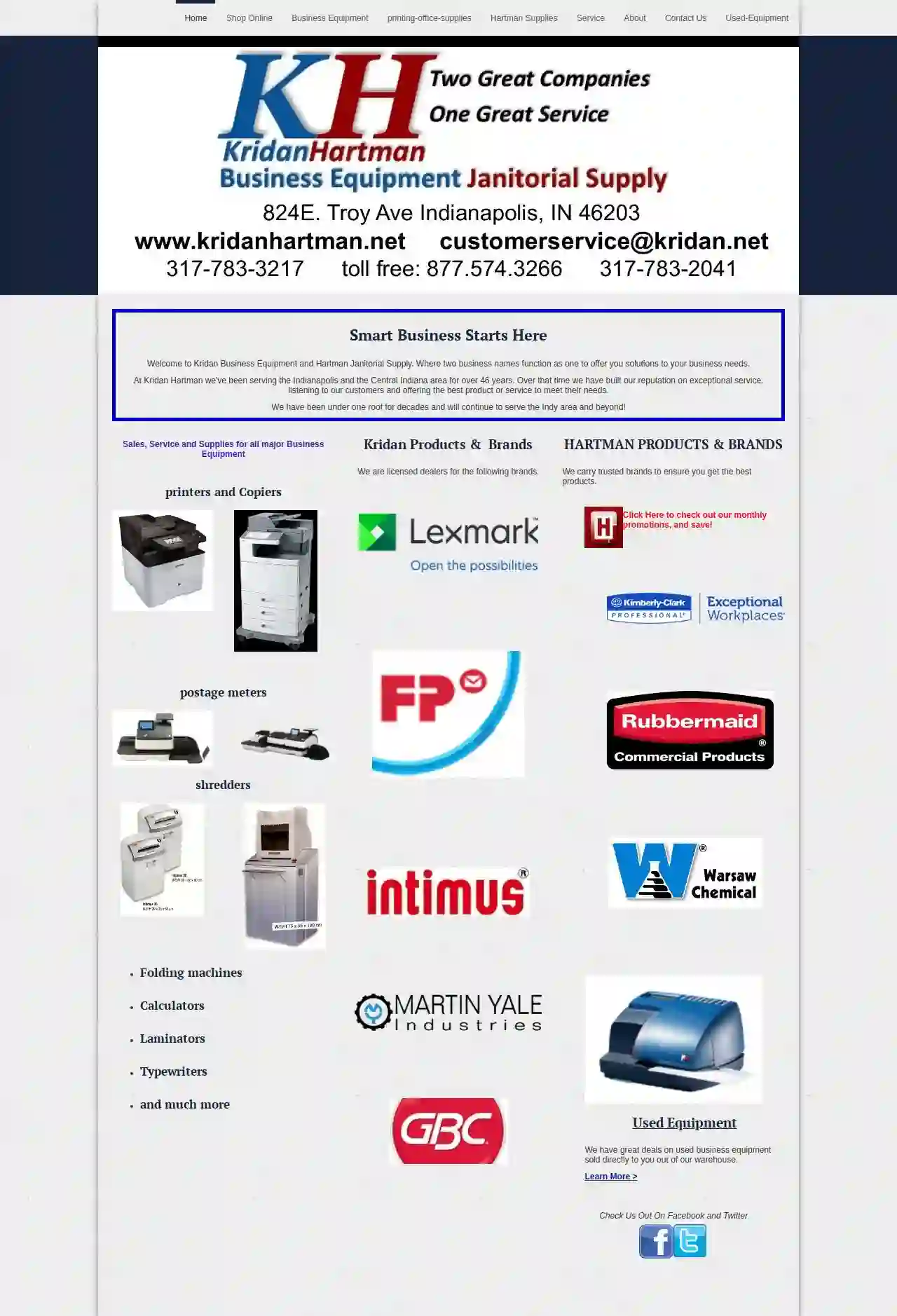
Hartman Janitorial Supply
57 reviewsIndianapolis, US- Services
- Why Us?
- Gallery
Get Quote
The Cleaning Authority - Indianapolis
4.9314 reviewsIndianapolis, US- Services
- Why Us?
- Gallery
Get Quote
Over 60,241+ Cleaning Contractors registered
Our cleaning contractors operate in Hammond and beyond!
CleaningMatch has curated and vetted Top Janitorial Companies arround Hammond. Find a trustworthy pro today.
Frequently Asked Questions About Cleaning Services
- Ventilation: Improve ventilation by opening windows, turning on the exhaust fan, and using a dehumidifier to reduce moisture levels.
- Bleach Solution: Mix one cup of bleach with one gallon of water. Wear gloves and eye protection when handling bleach. Apply the solution to the affected area, let it sit for 10-15 minutes, then scrub with a brush and rinse thoroughly.
- Vinegar Solution: For a milder alternative, mix equal parts water and vinegar. Apply to the moldy area, let it sit for an hour, then scrub and rinse.
- Baking Soda Paste: Make a paste of baking soda and water, apply to the moldy area, let it dry, then scrub and rinse. Baking soda helps remove stains and deodorize.
- Commercial Mold and Mildew Remover: Use a commercial mold and mildew remover according to the product instructions.
- Frees up your time: Cleaning can be time-consuming, especially for larger properties or busy individuals. Hiring a cleaning service allows you to focus on other priorities, such as work, family, or leisure activities.
- Ensures a deeper clean: Professional cleaners are trained in effective cleaning techniques and have access to specialized equipment, resulting in a more thorough clean than you might achieve on your own.
- Reduces allergens and improves hygiene: Thorough cleaning removes dust, allergens, and germs, creating a healthier living environment, particularly for those with allergies or sensitivities.
- Reduces stress and improves well-being: Coming home to a clean and tidy home can reduce stress and promote a sense of calm and order.
- Type of cleaning: Deep cleaning, regular cleaning, move-in/move-out cleaning, and specialized cleaning (e.g., carpet cleaning) have different price points.
- Size of the property: Larger properties typically require more time and resources, resulting in higher costs.
- Frequency of cleaning: Regular cleaning schedules often have discounted rates compared to one-time services.
- Location: Cleaning costs can differ based on regional labor costs and demand.
- Additional services: Extra tasks, such as window cleaning, laundry, or organization, will add to the overall price.
- Ventilation: Open windows and turn on the exhaust fan to improve air circulation.
- Declutter: Remove any items from countertops, the shower, and the floor to allow easy access.
- Pre-treat: Spray shower walls, tub, and toilet bowl with bathroom cleaner and let it sit for a few minutes to break down grime.
- Toilet: Scrub the toilet bowl with a toilet brush, paying attention to the rim and under the seat. Wipe down the exterior of the toilet with a disinfectant wipe.
- Shower/Tub: Scrub the shower walls and tub with a sponge or scrub brush. Rinse thoroughly.
- Sink: Clean the sink with a sponge or cloth and bathroom cleaner. Pay attention to the faucet and drain.
- Mirrors and Glass: Wipe down mirrors and glass surfaces with a glass cleaner and a microfiber cloth for a streak-free finish.
- Floors: Sweep or vacuum the floor, then mop with a floor cleaner designed for your bathroom floor type.
- Finishing Touches: Empty the trash can, replace towels, and put away any toiletries.
How do I remove mold and mildew from my bathroom?
Always test any cleaning solution on a small, inconspicuous area first. After cleaning, take steps to prevent future mold growth by addressing moisture issues, such as fixing leaks and improving ventilation.
Are cleaning services worth it?
If you value these benefits and find the cost justifiable, cleaning services can be a worthwhile investment in your time and well-being.
How much do cleaning services cost in the USA?
To get accurate pricing, request personalized quotes from reputable cleaning services on CleaningMatch. They will assess your specific needs and provide a tailored cost estimate.
What is the best way to clean a bathroom?
By following these steps, you can maintain a clean and hygienic bathroom.
How do I remove mold and mildew from my bathroom?
- Ventilation: Improve ventilation by opening windows, turning on the exhaust fan, and using a dehumidifier to reduce moisture levels.
- Bleach Solution: Mix one cup of bleach with one gallon of water. Wear gloves and eye protection when handling bleach. Apply the solution to the affected area, let it sit for 10-15 minutes, then scrub with a brush and rinse thoroughly.
- Vinegar Solution: For a milder alternative, mix equal parts water and vinegar. Apply to the moldy area, let it sit for an hour, then scrub and rinse.
- Baking Soda Paste: Make a paste of baking soda and water, apply to the moldy area, let it dry, then scrub and rinse. Baking soda helps remove stains and deodorize.
- Commercial Mold and Mildew Remover: Use a commercial mold and mildew remover according to the product instructions.
Always test any cleaning solution on a small, inconspicuous area first. After cleaning, take steps to prevent future mold growth by addressing moisture issues, such as fixing leaks and improving ventilation.
Are cleaning services worth it?
- Frees up your time: Cleaning can be time-consuming, especially for larger properties or busy individuals. Hiring a cleaning service allows you to focus on other priorities, such as work, family, or leisure activities.
- Ensures a deeper clean: Professional cleaners are trained in effective cleaning techniques and have access to specialized equipment, resulting in a more thorough clean than you might achieve on your own.
- Reduces allergens and improves hygiene: Thorough cleaning removes dust, allergens, and germs, creating a healthier living environment, particularly for those with allergies or sensitivities.
- Reduces stress and improves well-being: Coming home to a clean and tidy home can reduce stress and promote a sense of calm and order.
If you value these benefits and find the cost justifiable, cleaning services can be a worthwhile investment in your time and well-being.
How much do cleaning services cost in the USA?
- Type of cleaning: Deep cleaning, regular cleaning, move-in/move-out cleaning, and specialized cleaning (e.g., carpet cleaning) have different price points.
- Size of the property: Larger properties typically require more time and resources, resulting in higher costs.
- Frequency of cleaning: Regular cleaning schedules often have discounted rates compared to one-time services.
- Location: Cleaning costs can differ based on regional labor costs and demand.
- Additional services: Extra tasks, such as window cleaning, laundry, or organization, will add to the overall price.
To get accurate pricing, request personalized quotes from reputable cleaning services on CleaningMatch. They will assess your specific needs and provide a tailored cost estimate.
What is the best way to clean a bathroom?
- Ventilation: Open windows and turn on the exhaust fan to improve air circulation.
- Declutter: Remove any items from countertops, the shower, and the floor to allow easy access.
- Pre-treat: Spray shower walls, tub, and toilet bowl with bathroom cleaner and let it sit for a few minutes to break down grime.
- Toilet: Scrub the toilet bowl with a toilet brush, paying attention to the rim and under the seat. Wipe down the exterior of the toilet with a disinfectant wipe.
- Shower/Tub: Scrub the shower walls and tub with a sponge or scrub brush. Rinse thoroughly.
- Sink: Clean the sink with a sponge or cloth and bathroom cleaner. Pay attention to the faucet and drain.
- Mirrors and Glass: Wipe down mirrors and glass surfaces with a glass cleaner and a microfiber cloth for a streak-free finish.
- Floors: Sweep or vacuum the floor, then mop with a floor cleaner designed for your bathroom floor type.
- Finishing Touches: Empty the trash can, replace towels, and put away any toiletries.
By following these steps, you can maintain a clean and hygienic bathroom.